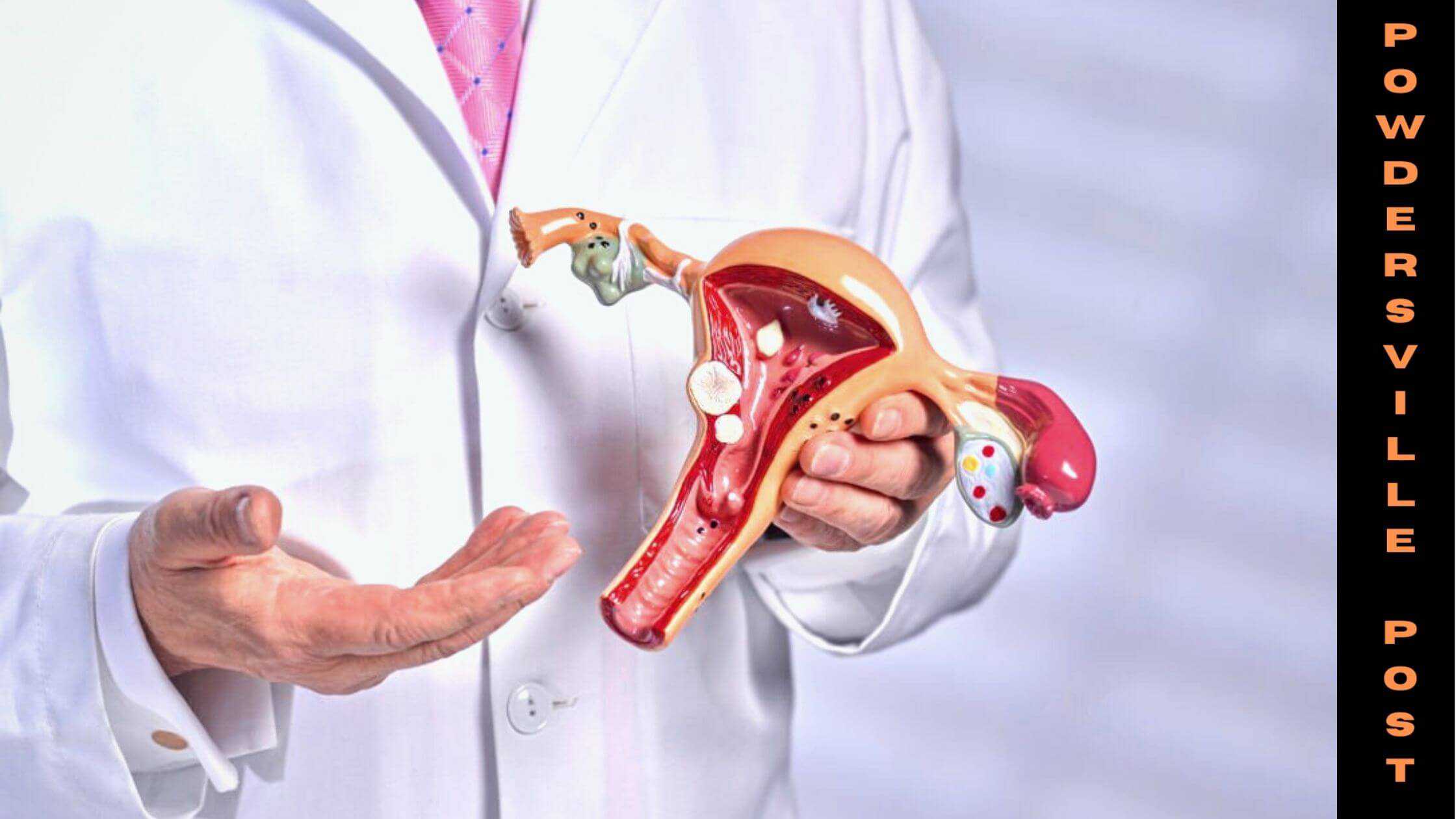Type 2 Diabetes, One Of The Causes For Ovarian Cysts!
Nikki Attkisson | Last Updated : February 18, 2022Poor lifestyle, unhealthy diet, physical inactivity, excessive smoking, alcohol use, excess stress often lead to various medical conditions like obesity, high cholesterol, type 2 diabetes, even heart attack, and stroke.
Type 2 Diabetes, One Of The Causes For Ovarian Cysts
Type 2 diabetes is a chronic endocrine disorder in which the body has high blood sugar in the bloodstream. Symptoms of diabetes type 2 include increased thirst and hunger, polyuria, tiredness and blurry vision, slow healing wounds or cuts.

Diabetes type 2 is often detected by random and fasting blood sugar tests, a diabetes screening. While early stages of diabetes type 2 can be self-treated at home with dietary restrictions, diabetic diet, physical activity, weight loss, quitting smoking and alcohol, severe cases of diabetes type 2 necessitate treatment by an endocrinologist.
Once diagnosed with diabetes type 2, the endocrinologist may start treatment with antidiabetic medications and insulin. The endocrinologist may also ask for regular diabetic screening to screen for other complications of diabetes.
While there is no permanent cure for diabetes type 2, frequent monitoring of blood sugar levels with weight loss and proper nutrition can keep diabetes under control.
Uncontrolled diabetes type 2 often leads to long-term complications, including diabetic retinopathy, diabetic neuropathy, chronic kidney disease, and other diseases. Recent studies have shown young girls with diabetes type 2 are at higher risk for developing polycystic ovarian syndrome (PCOS), though how type 2 diabetes and polycystic ovarian syndrome are related is yet to be ascertained. However, both diabetes type 2 and polycystic ovarian syndrome have been linked with obesity.
Dr. M. Constantine Samaan, associate professor of pediatrics at McMaster University and McMaster Children’s Hospital in Hamilton, Canada, says genetic, epigenetic, and environmental factors may be involved.
Polycystic ovarian syndrome is a hormonal disorder in females in which the body produces much higher levels of male hormones androgens. It occurs in females of reproductive ages and the common symptoms include irregular menstruation, hirsutism, acne, infertility, thinning scalp hair, etc.
Depending on the symptoms, the gynecologist may prescribe treatment for polycystic ovarian syndrome, including contraceptive pills, progestins, and other medications. The long-term complications of polycystic ovary disease include infertility or difficulty to conceive, miscarriage, nonalcoholic steatohepatitis, etc. Women with polycystic ovary syndrome often have a tendency to develop gestational diabetes.
According to Dr. Samaan, insulin resistance could be a close link between diabetes type 2 and polycystic ovary syndrome. In diabetes, the high amounts of blood sugars cause insulin resistance, whereas in females with polycystic ovary syndrome, the high amounts of male hormones such as testosterone cause insulin resistance.
Dr. Laurie Cohen, chief of the Division of Pediatric Endocrinology and Diabetes at the Children’s Hospital in Montefiore in New York City says women with the polycystic ovarian syndrome should be screened for diabetes type 2 and vice versa.
Young girls with diabetes type 2 should be given counseling for polycystic ovarian syndrome, its symptoms like irregular menstruation and excessive hair growth, and its treatment. They should know when to consult a doctor, to prevent polycystic ovary syndrome and its potential complications.
Both diseases, diabetes type 2 and polycystic ovary syndrome can be kept at bay if adolescents follow a healthy lifestyle by having a nutritious, balanced diet and follow dietary restrictions as advised by their healthcare professionals.
Instead of having 2 to 3 large meals per day, doctors recommend having smaller meals a few times a day, to prevent insulin spikes in the body. Regular exercise keeps body weight in moderation and keeps blood sugar levels in control.
Frequent blood sugar monitoring should be done as advised by doctors. Enough rest and sleep are also essential to keep the body in good shape. Metformin used to treat diabetes type 2 is also used to treat polycystic ovary syndrome, reducing insulin resistance.
With over 15 years as a practicing journalist, Nikki Attkisson found herself at Powdersville Post now after working at several other publications. She is an award-winning journalist with an entrepreneurial spirit and worked as a journalist covering technology, innovation, environmental issues, politics, health etc. Nikki Attkisson has also worked on product development, content strategy, and editorial management for numerous media companies. She began her career at local news stations and worked as a reporter in national newspapers.